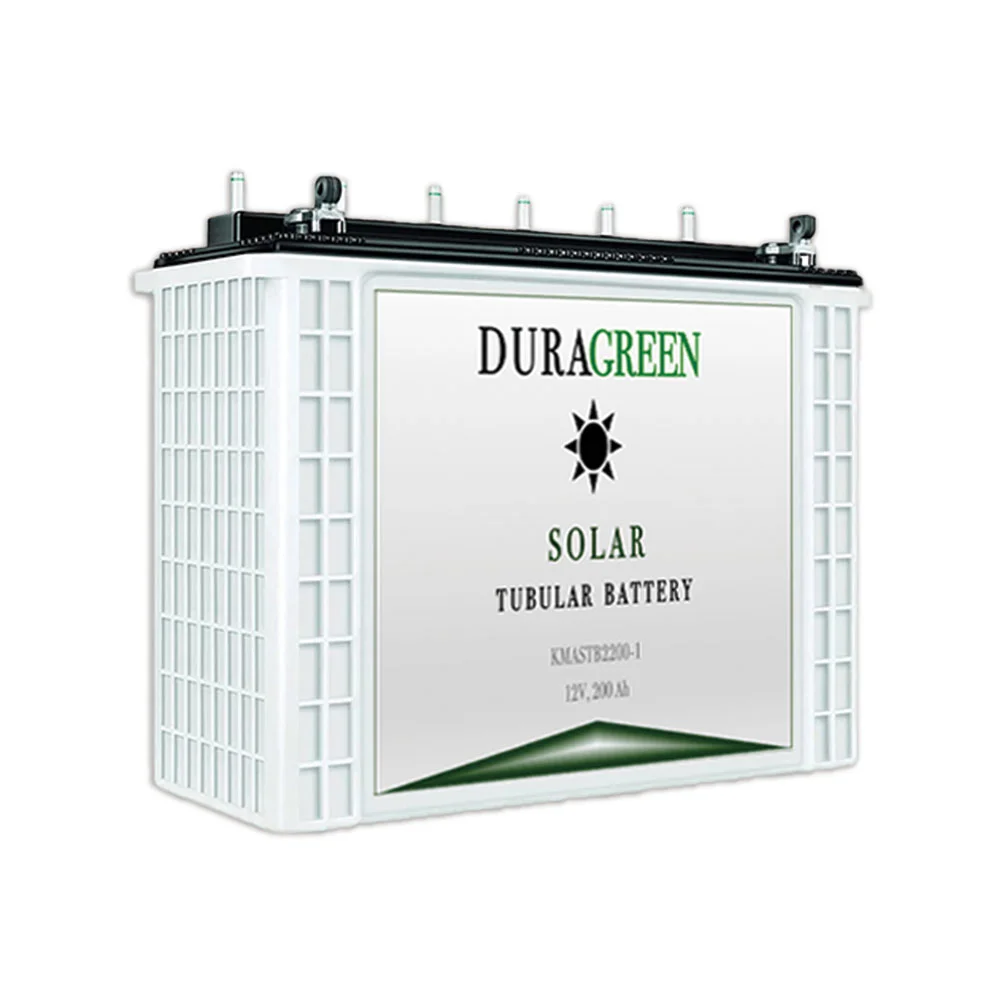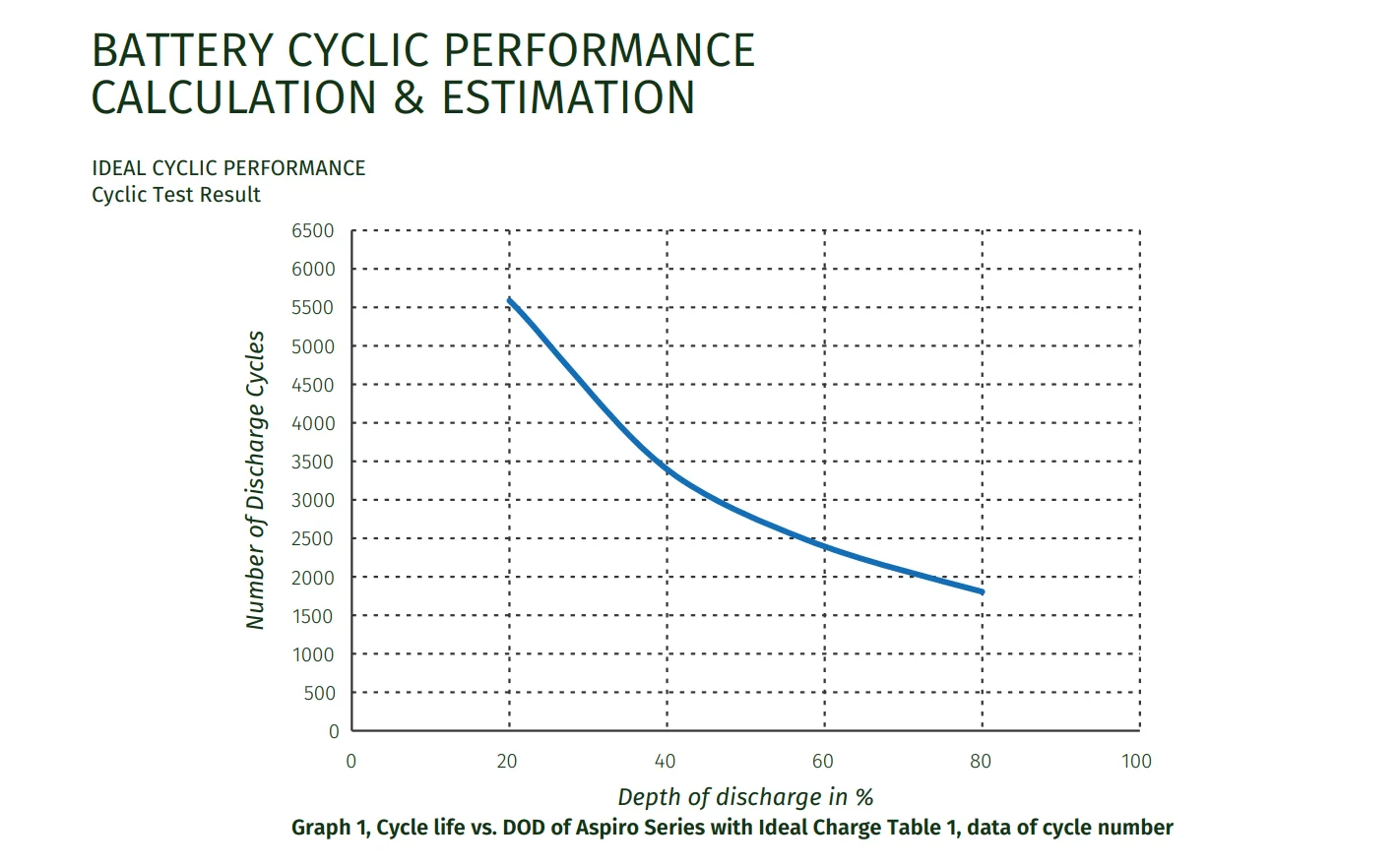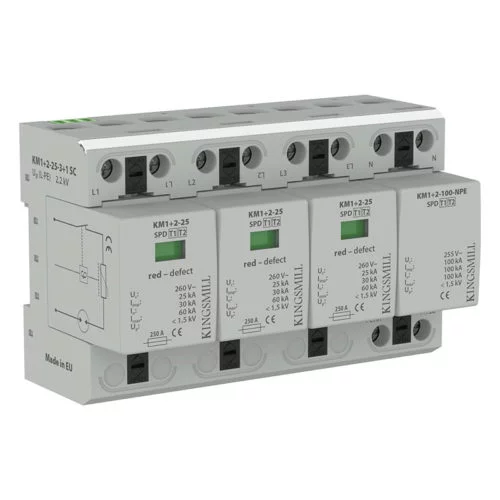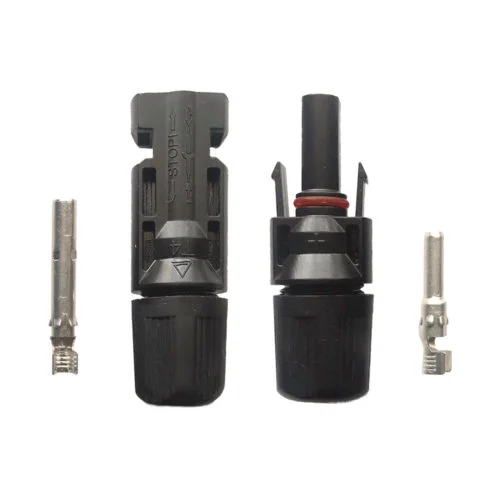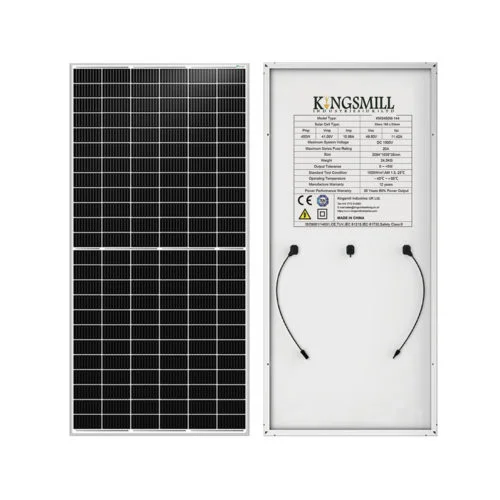Product Information:
Features:
- Long shelf life when left unattended for extended periods
- Pasted negative plates
- Tubular positive plates
- Acid resistant polyestor guantlets
- High porosity envelope seperators
- Micro porous ceramic vent plug
More Information:
- Long design life
- Very low maintenance
- Can handle extreme weather conditions
- Rugged performance
- Longer life without charging
- More efficient and saves money
Discharge & Charge Scenario (80%DOD) CYCLE METHOD
Discharge with 2I10 for 4 hours (80% DOD), charge with 2I10 for 3.5 hour + I10 for 0.5 hour + 0.25I10 for 3.5 hour. This is one cycle.
RESIDUE CAPACITY DETERMINATION
The batteries are discharged at 10 hour rate aer every 50 cycles to test battery capacity. When residue capacity of 10 hour rate capacity is lower than 80%, test is ended. Aer discharge at 10 hour rate aer every 50cycles, the charge method is: charge 80% of discharged capacity with current of 2I10 + charge 20% with current of I10 + charge 20% with current of 0.4110 (i.e. charge 120% of discharged capacity)
TEMPERATURE – 27OC
Advantage of Upper Constant Current Charge Model Battery; can be completely recharged within 8 hours. The end charge voltage will be higher than 2.6Vpc, which is good for active material exchange. Disadvantage of Upper Constant Current Charge Model It has risk of battery malfunction without voltage limited. It isn’ easy to manage charging in practice.
Solar panels are a clean source of energy that use the sun’s rays to convert them into electricity or heat.
Our clean energy solutions provide electrical power as a way to decarbonize and transition to clean energy in our mission to combat climate change.

